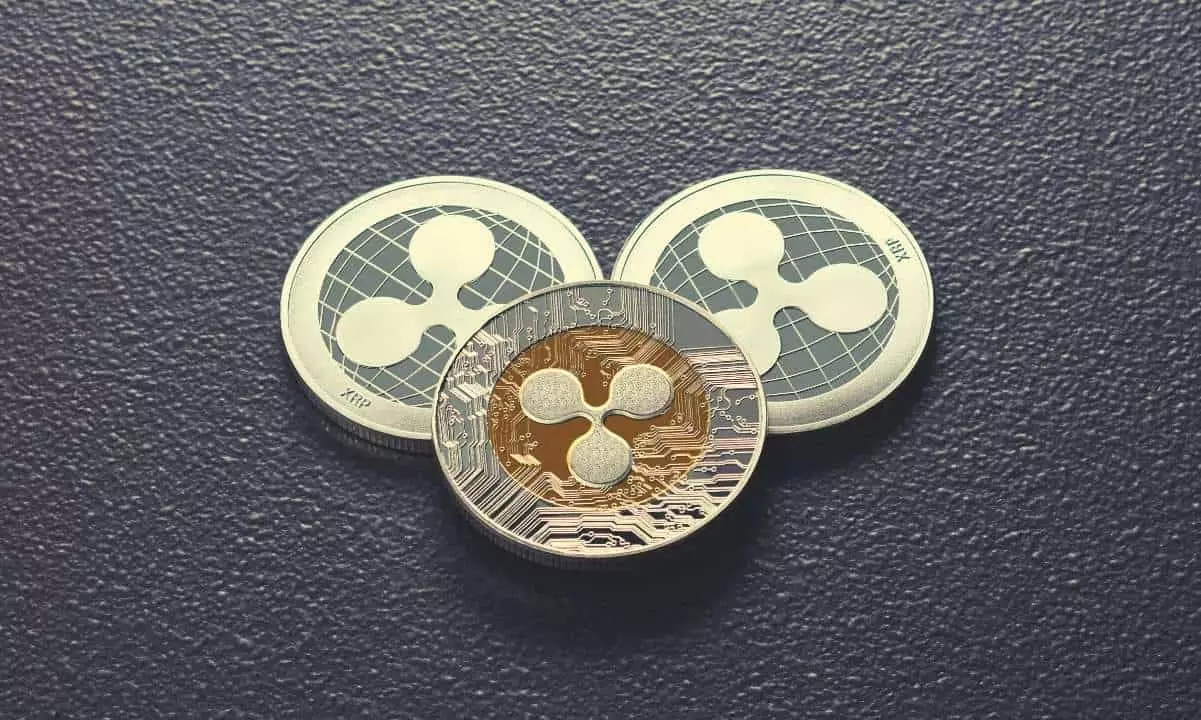In recent years, the cryptocurrency landscape has undergone seismic shifts, particularly with the introduction of futures contracts on regulated exchanges like the Chicago Mercantile Exchange (CME). These contracts not only symbolize institutional acceptance but also broaden market participation, creating a ripple effect across trading platforms. However, the launch of XRP futures has not sparked the same enthusiasm as previous launches of Bitcoin or Ethereum futures. Are we witnessing another missed opportunity in the crypto space?
XRP’s Initial Trading: A Lackluster Performance
On May 19, the CME launched two futures products tied to XRP, a token that has frequently had its share of controversies, especially relating to its regulatory standing. In total, the combined first-day trading volume of these XRP futures surpassed $19 million, with 150 standard contracts accounting for roughly $17.9 million, and 207 micro contracts contributing an additional $1.23 million. To put this in perspective, Bitcoin’s introductory futures contracts back in December 2017 saw over $100 million in volume—a figure that seems galaxies away when juxtaposed with XRP’s offerings.
XRP futures have entered a different setting compared to previous launches. The underlying market sentiment has shifted; the fervor that characterized Bitcoin’s debut is distinctly absent. While Bitcoin emerged amidst extreme bullishness and intense media spotlight, XRP’s launch is marred by regulatory uncertainty and a general hesitation among institutional investors.
The Regulatory Cloud Cast Over XRP
Regulatory clouds can suffocate innovation faster than any bearish market sentiment. XRP’s current position in the market is precarious, primarily due to its ongoing legal challenges with the U.S. Securities and Exchange Commission (SEC). Just when there seemed to be a resolution on the horizon—a tantalizing $50 million settlement—Judge Analisa Torres threw a wrench into the gears by rejecting the proposal, attributing her decision to procedural missteps. This ongoing legal drama not only complicates the future of XRP but also shakes the confidence of potential investors and traders.
Such legal entanglements would lead any prudent investor to think twice before committing their resources to a market like XRP. In stark contrast, Bitcoin and Ethereum were relatively unencumbered by legal scrutiny during their respective futures launches. It is this very regulatory uncertainty that drives liquidity away and can solidify the perception of XRP as a ‘toxic asset.’
The Competitive Landscape of Crypto Derivatives
In the fast-paced world of cryptocurrencies, timing and competition matter immensely. When Bitcoin and Ethereum futures launched, they did so in an environment that had relatively few alternatives. Investors naturally gravitated toward the CME, which benefited from limited choices. Fast forward to today, and XRP now enters a highly competitive market filled with established alternatives like Binance and Coinbase offering their derivatives products.
The saturation of the derivatives market gives potential investors many options, making it essential for new entrants like XRP to stand out. Unfortunately, XRP futures seem to be another product lost in the shuffle—a proverbial blip on the radar screen of an increasingly crowded market.
Market Sentiment and Investor Appetite
The first-day trading volumes—especially when juxtaposed against historic figures—offer a snapshot of market sentiment. Investors today are more discerning than ever, and the muted appetite for XRP futures speaks volumes. The trading climate has shifted; today’s savvy investors require convincing arguments centered around regulatory clarity, utility, and market stability before they stake their capital.
The eagerness that accompanied previous futures launches has waned. Public trust in XRP has eroded, not just because of regulatory issues, but also due to broad skepticism surrounding its long-term viability and utility. This lack of confidence contributes to lower trading volumes and diminished institutional interest, leaving XRP futures to flounder in the shadows of their illustrious predecessors.
While the cryptocurrency space is still burgeoning with potential, the launch of XRP futures serves as a stark reminder of the critical importance of regulatory clarity and market sentiment. In a landscape already complicated by competition and skepticism, XRP’s struggle may be indicative of the challenges future projects will face. As we watch the trading landscape evolve, it’s vital to remain vigilant and critical of not just the technologies but also the frameworks governing them. The failure to learn from XRP’s experience could lead to missed opportunities in a space that desperately needs innovation backed by stability.

